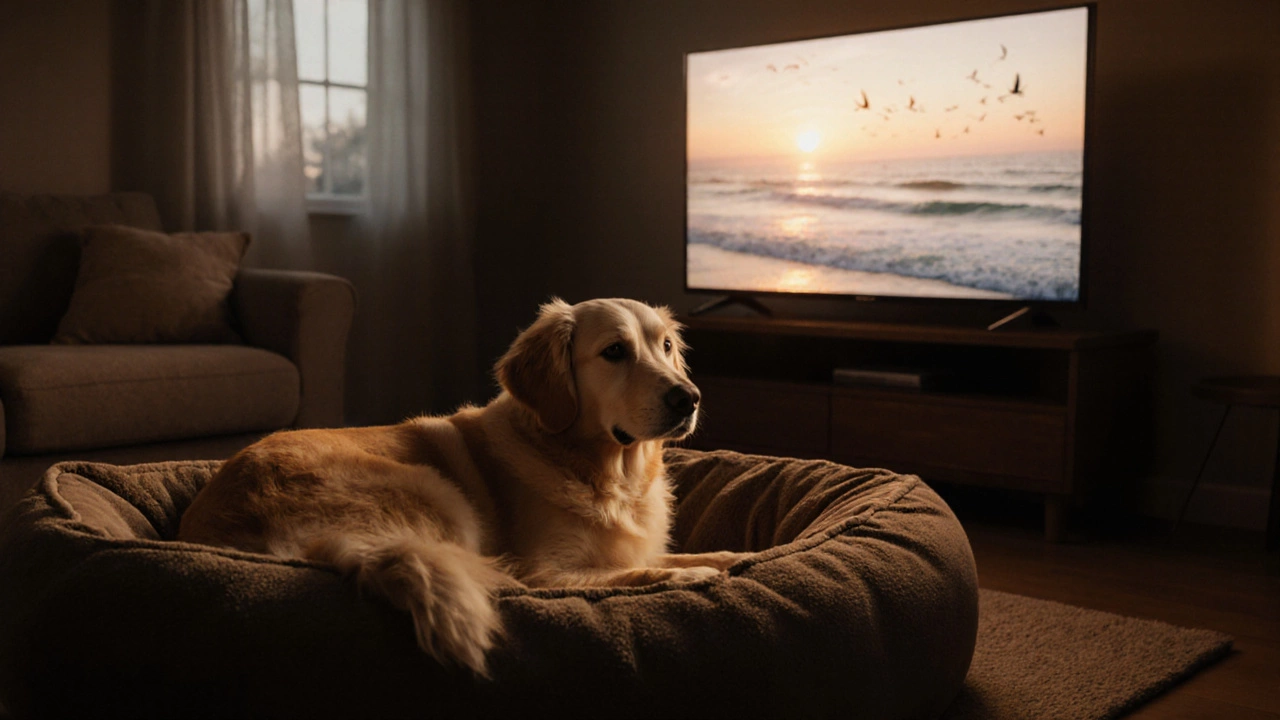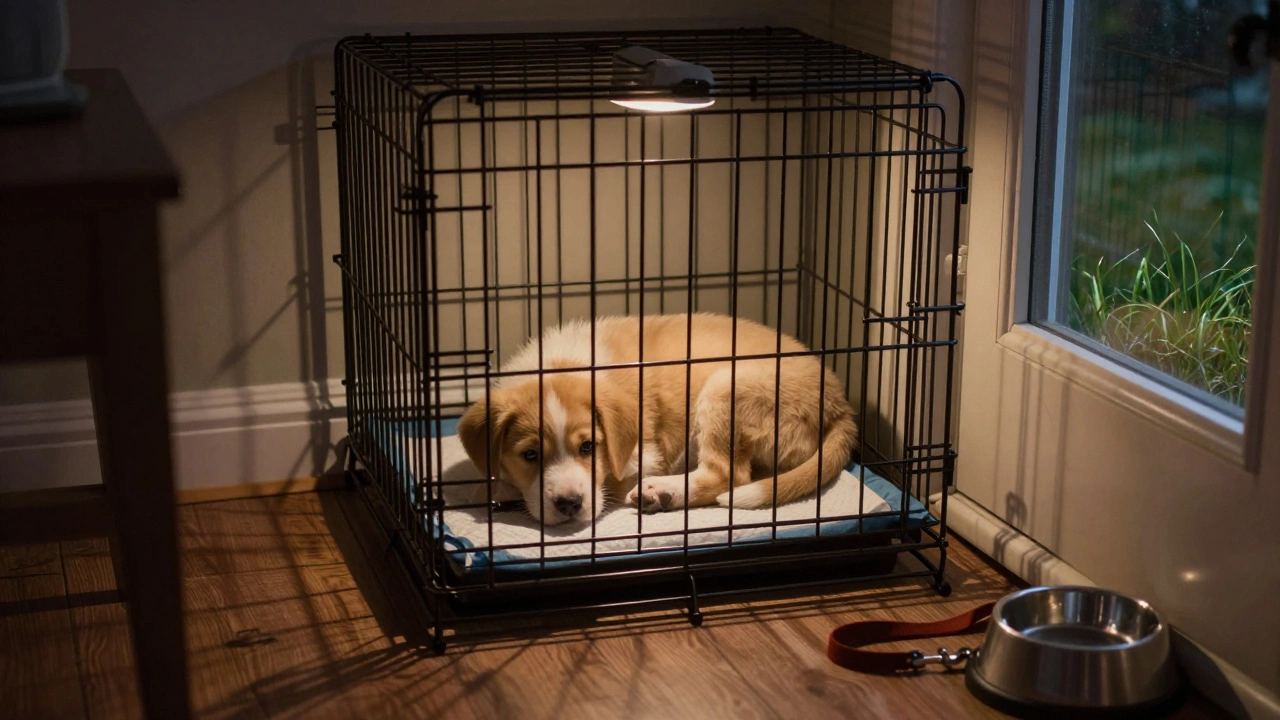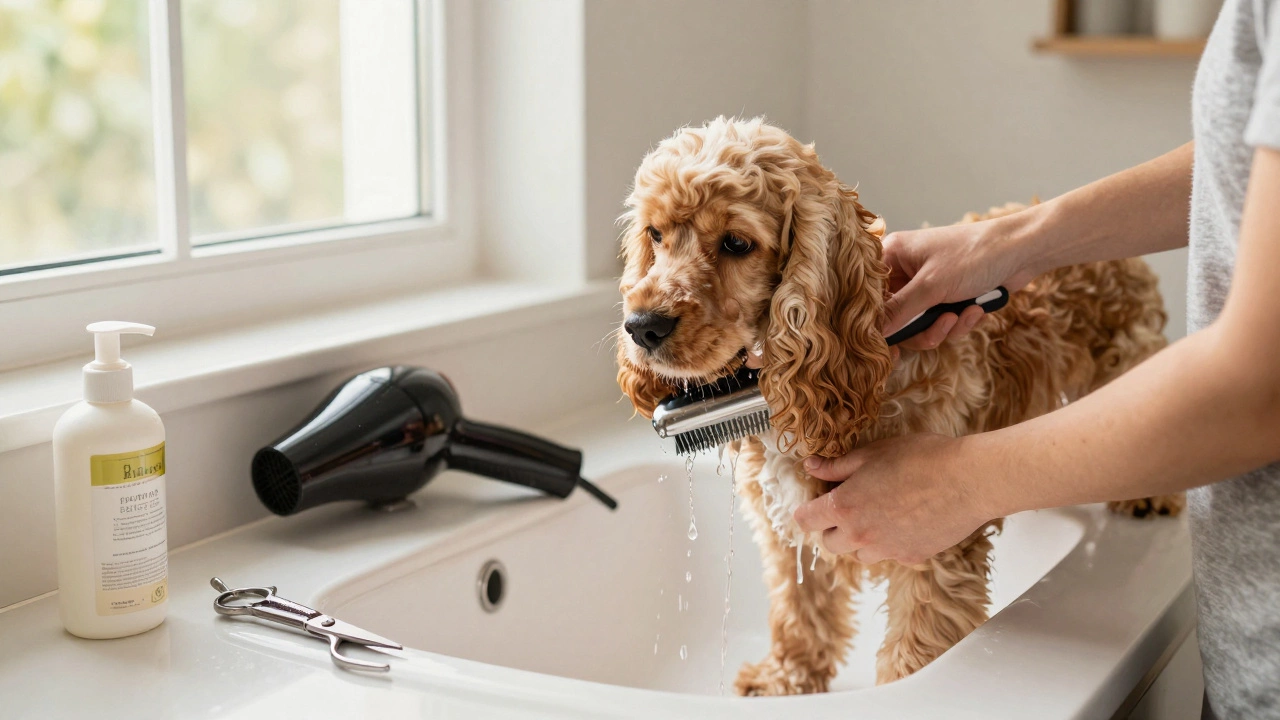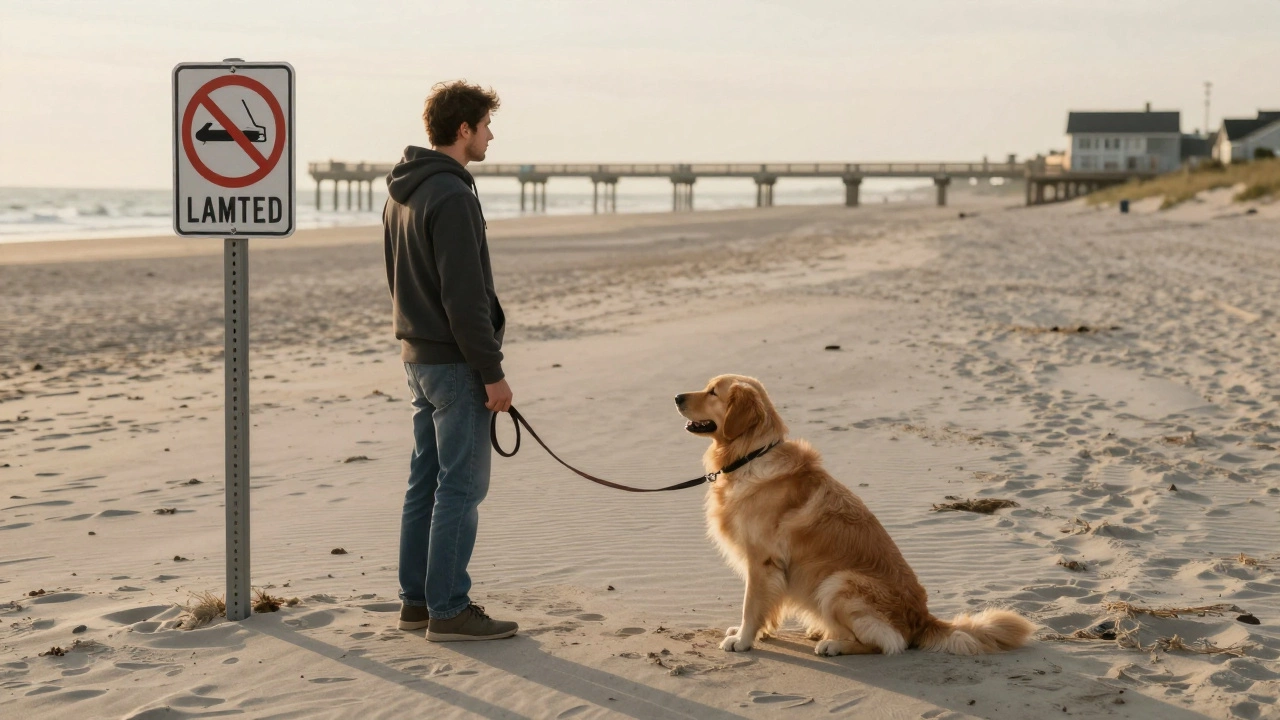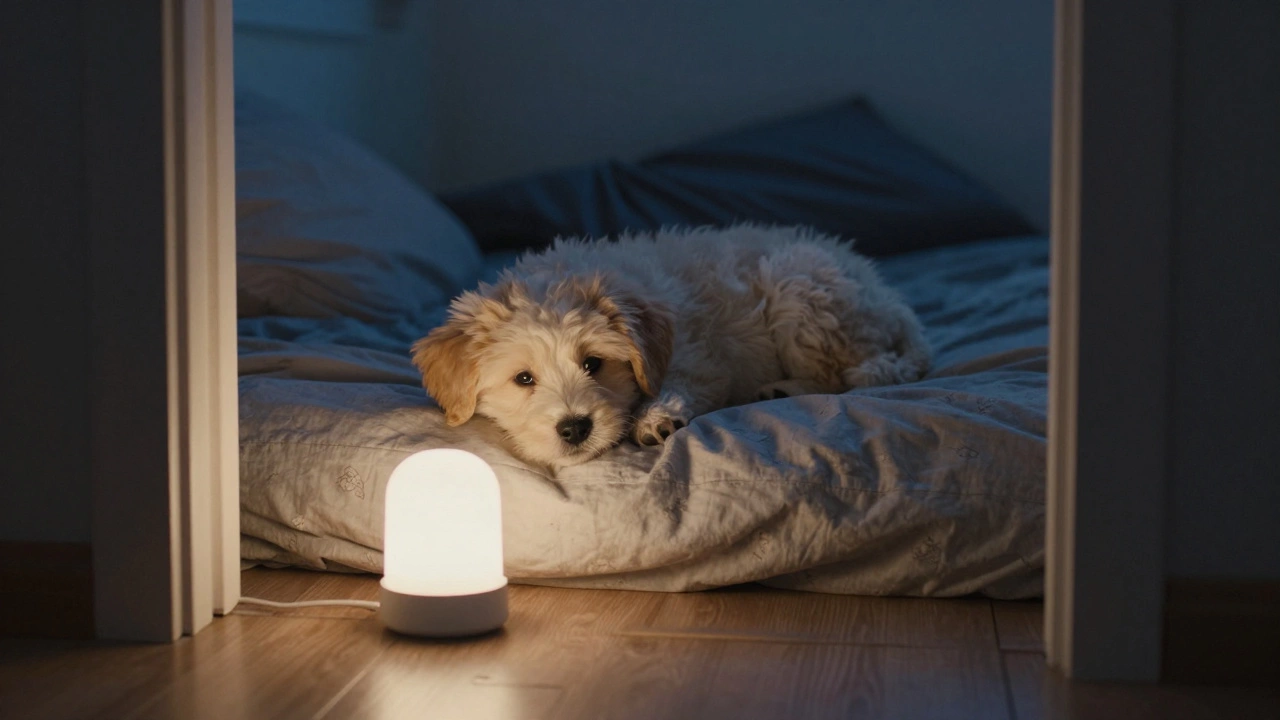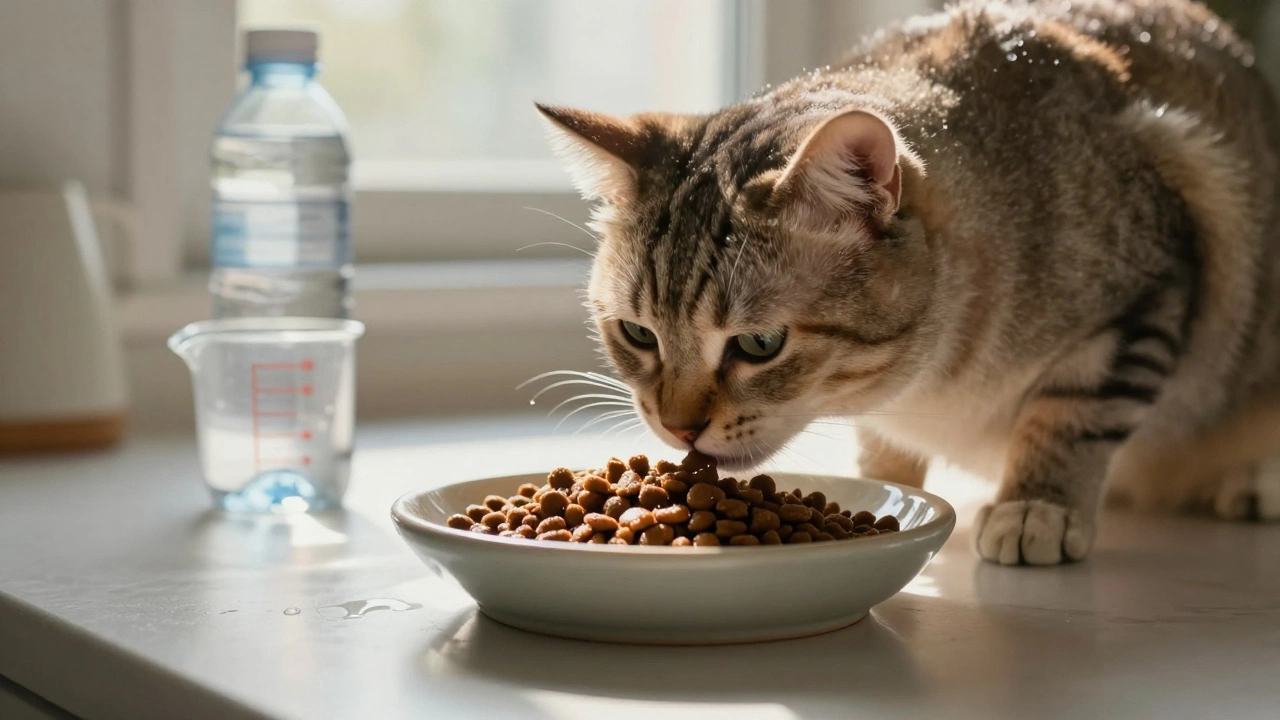Canine Enrichment: Simple Ways to Keep Your Dog Happy and Healthy
When working with canine enrichment, activities designed to stimulate a dog’s mind and body, reduce boredom, and improve overall behavior. Also known as dog enrichment, it combines mental challenges with physical play. Canine enrichment isn’t a single trick; it’s a toolbox of ideas that owners can mix into daily routines.
One cornerstone of effective enrichment is positive reinforcement, a training method that rewards desired behavior with treats, praise, or play. By pairing rewarding outcomes with new challenges, dogs learn faster and stay motivated. Another key piece is interactive toys, puzzle feeders, treat‑dispensing balls, and sound‑activated gadgets that require problem‑solving. These toys turn idle time into brain‑boosting sessions, and they work hand‑in‑hand with training drills you might already be using. A third, often overlooked element is scent work, games that hide odors or treats for a dog to locate using its nose. Scent work taps into a dog’s natural hunting instincts, providing deep mental enrichment while also calming anxious pups.
Putting Enrichment Into Practice
Start small: swap a regular walk for a “treasure hunt” in the backyard. Hide a few kibble pieces in a snuffle mat and let your dog sniff them out. This simple scent work exercise triggers curiosity and satisfies the urge to forage. Next, add a puzzle feeder during mealtime; the dog has to figure out how to release the food, which stretches problem‑solving muscles. If you already use clicker training or basic obedience commands, sprinkle in “new tricks” that require different body positions or balance—think spin, weave between legs, or low‑crawl under a coffee table. Each new skill introduces a fresh mental puzzle, reinforcing the positive reinforcement loop.
Don’t forget the environment. A crate or safe room can become a “quiet zone” for focused enrichment when the house is busy. Place a chew‑durable toy or a scented towel inside and let the dog explore at its own pace. For high‑energy breeds, short bursts of interactive fetch with a ball that bounces unpredictably keep both mind and muscles engaged. Remember, variety is the secret sauce: rotating toys every few days prevents habituation and keeps the excitement alive.
The posts below dive deeper into specific tools—like no‑shock training collars, calming aids for travel, and crate‑training tips—so you’ll find actionable ideas for every dog, whether you’re a first‑time puppy owner or a seasoned caregiver. Keep reading to discover how to tailor enrichment to your dog’s breed, age, and personality, and turn everyday moments into fun learning experiences.
Can Leaving the TV On Calm Your Dog? Benefits, Risks & How to Use Ambient TV
Explore how low‑volume TV can calm dogs, when it works, what to avoid, and how to combine it with toys and other enrichment for reduced anxiety.

